Heat, speed and a tribe of Kiwis – Five conclusions from the 2025 Cadel Evans Great Ocean Road Race
Cyclingnews' Simone Giuliani covered every moment of the Australian summer of racing
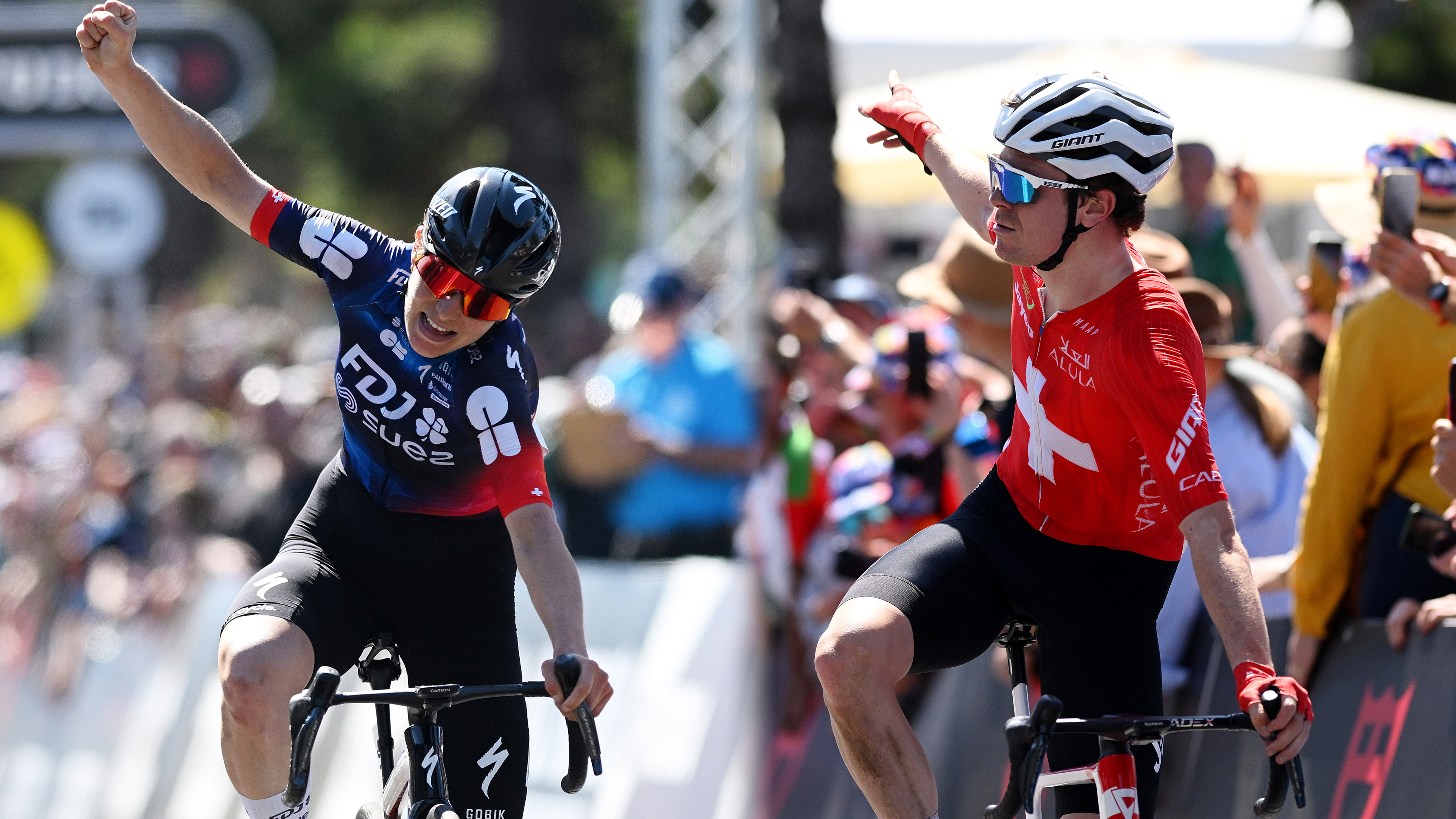
The Australian summer of professional road racing has ended on a high. The sweep from west to east – that started in Perth with the national title chase and continued in South Australia at the Santos Tour Down Under, ended in Geelong with the Cadel Evans Great Ocean Road Race.
The final week of racing included the Surf Coast Classic, added for the women as well as the men in 2025. In both races it all came down to a sprint in Torquay, though not without a fight, as Ally Wollaston (FDJ-Suez) and Tobias Lund Andresen (Picnic Post NL) claimed the top steps on Wednesday and Thursday.
The weekend delivered the main events, the women's and men's WorldTour Cadel Evans Great Ocean Road Race, the first one-day races of the 2025 WorldTour.
The 142km women's race was on Saturday and was raced in relatively mild 27°C. The peloton was torn to shreds before the finish on the waterfront in Geelong but the threat of a sprint remained and Wollaston made it two for two.
For Sunday's men's race, the temperature touched 40°C, adding a huge extra challenge on top of the already arduous 184km course.
A small group emerged on the tough Geelong circuit and raced to the line but late attacker Mauro Schmid held them off to claim the first ever win at the men's race for his Australian Jayco-AlUla team.
Cyclingnews was on the ground, from the Lorne start of the women's Surf Coast Classic on Wednesday to the sweltering dash to the line in Geelong at the men's Cadel Evans Great Ocean Road Race.
As usual, it was a race that threw up some surprises, with Challambra Hill making the race unpredictable to the last gasp once again.
Read on for five of the conclusions we drew from the four days of UCI racing across the men's and women's peloton.
Raising the bar with the Surf Coast Classic

There was no doubting that both the women’s and men’s peloton came to the line ready to race the 1.1 Surf Coast Classic, with the attack and split filled racing right from the tough climb out from the start in the coastal town of Lorne a clear indicator of just how seriously the fields were taking the mid-week foray.
The women were taking on the 118km event for the first time, adding extra UCI points potential with 125 up for grabs for the winner of the 1.1 race, compared to the 400 on offer in Saturday’s Women’s WorldTour race.
Get The Leadout Newsletter
The latest race content, interviews, features, reviews and expert buying guides, direct to your inbox!
As the women’s Australian summer of racing is building – with the Tour Down Under also this year adding a 1.Pro race – so is the strength of the field, with 10 Women’s WorldTeams on the startlist this year.
What’s more there may be more points up for grabs next year across both the women’s and Thursday’s 157km men’s Surf Coast Classic next year, with race director Scott Sunderland outlining that the goal for 2026 was for both the races to be UCI ProSeries events in 2026.
That will up the offering to 200 points for the winners, delivering another reason for the top women’s teams to come out and bolster the fields for the whole summer season and also an added incentive for more of the men’s WorldTeams to stay on the Tour Down Under.
The speed of thirteen against one
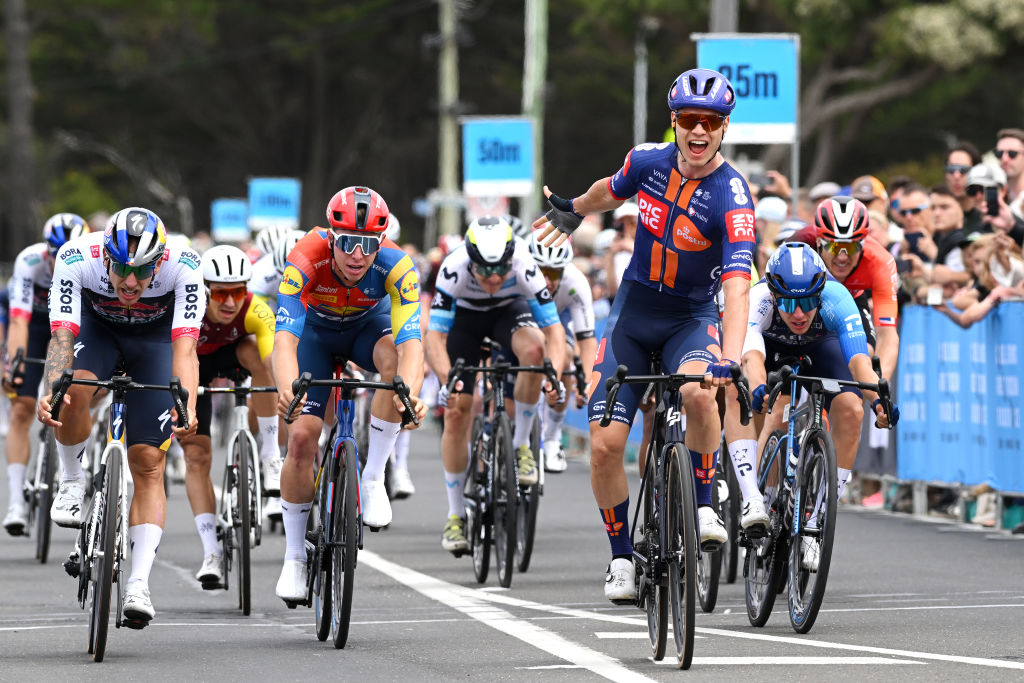
Six of the men’s WorldTour teams may have decided not to stay on after the compulsory event of the Tour Down Under but the opening volley served up by the smaller field at the Surf Coast Classic wasn’t any less motivated, in fact judging by the speed those who remained were motivated than ever to walk away with a result.
As a result it wasn’t just any old target in-form sprinter Sam Welsford (Red Bull-Bora-Hansgrohe) had, figuratively, painted on his back at the start of the Surf Coast Classic - it was a bright flashing neon one.
The rider was fresh from three stage victories at the men’s Santos Tour Down Under, and some more before, so the obvious problem for every team with a sprinter was just how they could beat Welsford and his dialled lead out train.
"I think everybody knew that if we're going to have an easy race, it would be easy game for Red Bull-Bora-Hansgrohe, and so everybody tried to make it a bit harder for them,” said third placed Lidl-Trek rider Tim Torn Teutenberg.
The thirteen teams versus one tactic left Red Bull-Bora-Hansgrohe constantly having to expend energy on the chase and hurt Welsford and ultimately ended his hot streak of sprint wins. Welsford joked that it was ‘Red Bull-Bora-Hansgrohe versus the world’.
It also had another consequence, a scorching pace, with the average speed of the winning rider Tobias Lund Andresen (Picnic PostNL) at 48km for the 157km event.
To put that in perspective, according to Pro Cycling Stats the average race speed of WorldTour Classics last year was 43.2 kph.
The Kiwi calvacade
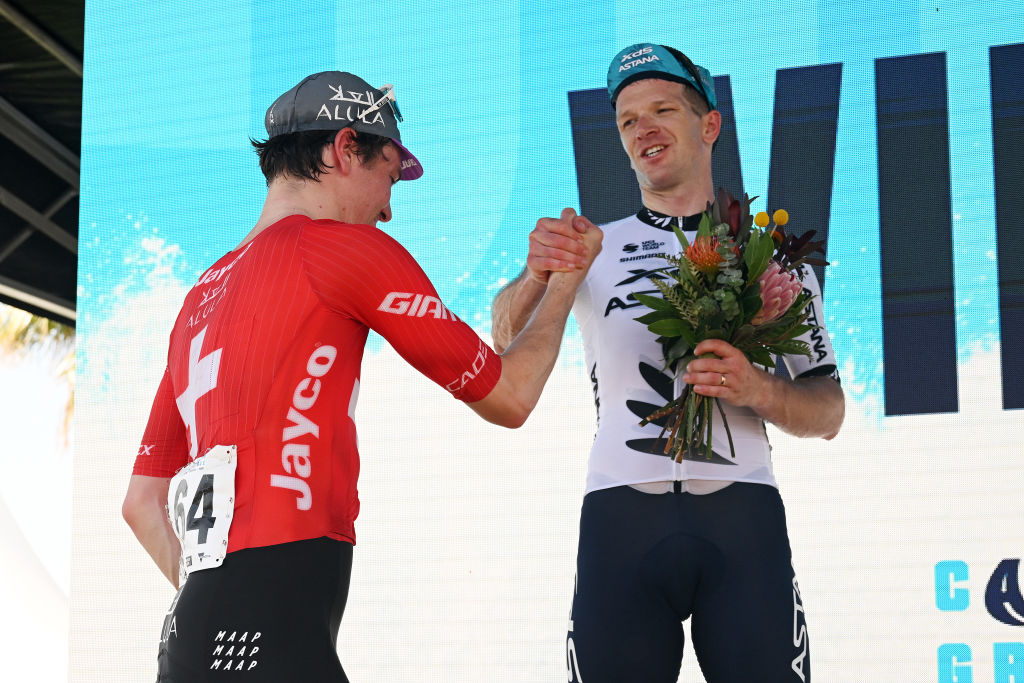
Cycling may be a sport centred in Europe, but the Cadel Evans Great Ocean Road Race this year was all about New Zealand.
The list of key contenders from the nation was long, from defending champion Laurence Pithie (Red Bull-Bora-Hansgrohe), Ally Wollaston (FDJ-Suez), Corbin Strong (Israel-Premier Tech), Niamh Fisher-Black (Lidl-Trek) and her brother Finn Fisher-Black (Bora-Hansgrohe) and more.
And in a notoriously unpredictable race, New Zealand ended up taking half the podium spots across the men’s and women’s WorldTour race.
First it was Wollaston, who showed that she was “not just a sprinter” when she won Surf Coast Classic win of Wednesday and then the WorldTour race too, neatly managing the field-splitting Challambra climb.
On Sunday Swiss national champion Mauro Schmid finally added a Cadel Evans Great Ocean Road Race win to Jayco-AlUla's palmares but it was the silver fern-clad Aaron Gate (XDS Astana) who claimed second and defending champion Pithie was third.
After that display it’s fair to say the battles to win the New Zealand road titles between February 6-8 are bound to be ‘choice’.
Feeling the heat
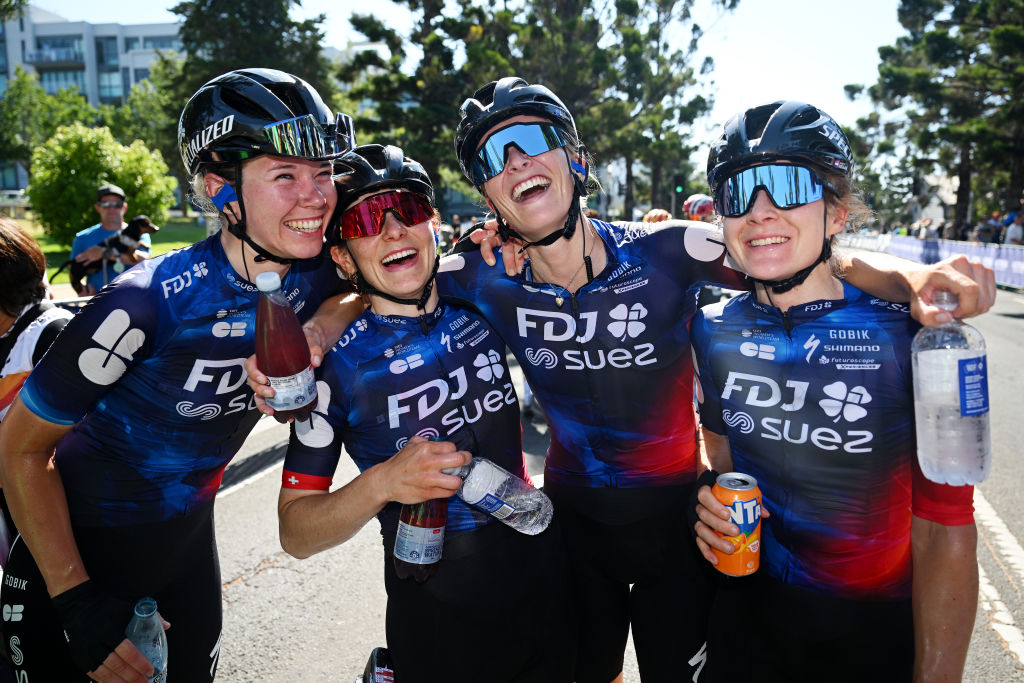
The summer weather in Victoria can be unpredictable, a fact which the riders at the Cadel Evans Great Ocean Road Race in 2025 know too well.
They came into temperatures at 42°C on Monday as they transferred from Adelaide, raced midweek at the Surf Coast Classic in temperatures about half of that and then it was back to around 40°C for the race on Sunday, with the chance of thunderstorms also in the forecast.
Daunting conditions but the heat was also a welcome turn for some after the men’s peloton mostly missed the warmer race days in Adelaide.
“I mean, we've been in Aussie for nearly three weeks and haven't had a hot day, so it's good to finally have the sun out and hopefully this rain holds off, otherwise it'll be pretty dangerous out there I think,” said Israel-Premier Tech’s George Bennett before the race took off.
Even for those who were happy to see the mercury climb, it was unquestionably a brutally difficult 184km’s out on the road with ice stocking aplenty and the riders coming over the line to the run-out area desperately looking for shade and the quickest possible way to cool down.
For some it was iced drinks and dousing themselves with water from bottles but there were no half measures for last year’s winner and this year’s third-placed rider, Pithie, who spotted a large bucket of now largely melted ice that had been used to keep the drinks cool and tipped it over his head.
There were also many that didn’t make it over the line, with 24 riders not finishing the race, compared with just nine last year.
It could have been worse, as after the racing had finished on Sunday an almighty storm blew through, sending rivers of water flowing down the roads as the thunder and lightning rolled above.
The originals
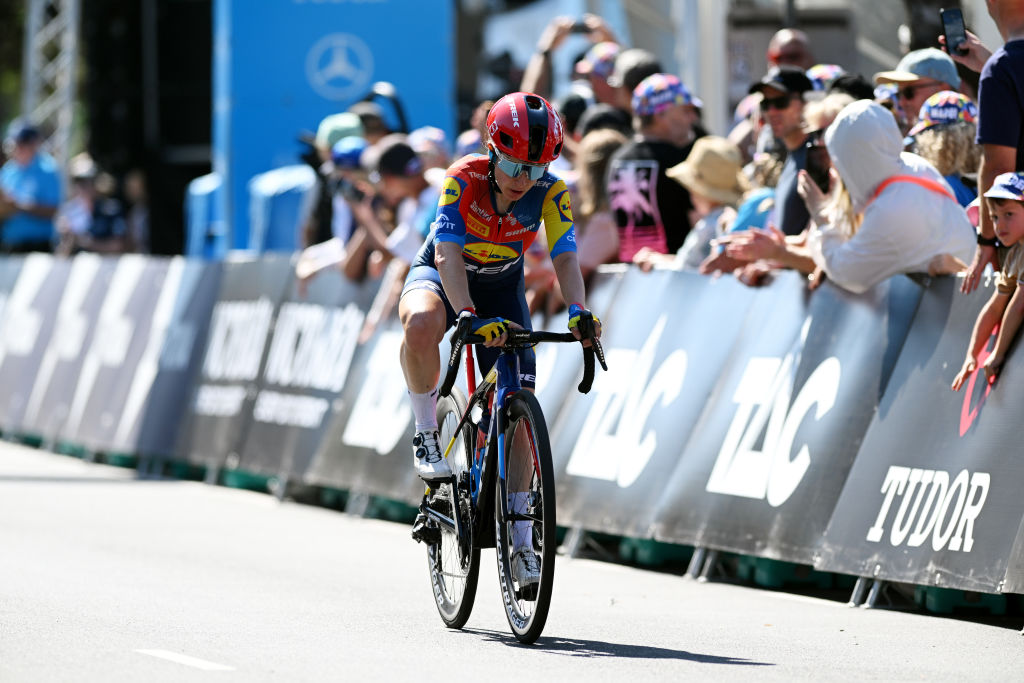
When the Cadel Evans Great Ocean Road Race was first run in 2015, two of the riders who were near the front of the pack were Simon Clarke and Amanda Spratt, both at the time racing for the Australian squads now known as Jayco-AlUla and Liv-AlUla-Jayco.
Some of those they raced alongside are now in the team cars, others are others still pinning a race number on but Spratt and Clarke were yet again stand-out riders in the event.
Spratt, who came fourth in 2015, won the race in 2016 and then added another three podium places since. This year she was 13th, but still in the thick of the action, trying to launch an attack in the final run to the line, though she was ultimately swamped on the run-in.
Clarke, who came second in 2015 and third in 2023, may not have been at the pointy end of the field, finishing 50th, but the effort he delivered to reel in riders during the final stages for teammate Corbin Strong was relentless.
Clarke was pulling at the front of the peloton far longer than could possibly be expected, particularly on such a hot day, with the effort clearly visible as he charged past the crowds on the Geelong waterfront with a look of determination and gritted teeth.
Neither rider may have been on the podium this year, but as usual they could be counted on to leave it all out there in the attempt to get their hands on that distinctive wave trophy for their teams.

Simone is a degree-qualified journalist that has accumulated decades of wide-ranging experience while working across a variety of leading media organisations. She joined Cyclingnews as a Production Editor at the start of the 2021 season and has now moved into the role of Australia Editor. Previously she worked as a freelance writer, Australian Editor at Ella CyclingTips and as a correspondent for Reuters and Bloomberg. Cycling was initially purely a leisure pursuit for Simone, who started out as a business journalist, but in 2015 her career focus also shifted to the sport.